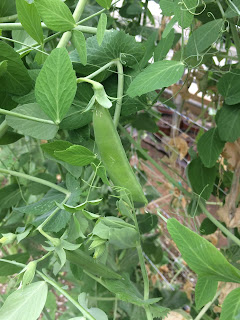A Note about Fitler Square Farmers Market
December 21, 2019 will be our last Saturday at Fitler Square Farmers Market. Nearly 20 years ago, I renewed a family legacy of going to off-site farmers markets. My great-great-grandparents, great-grandparents, and grandparents all traveled to the King Street Farmers Market in Wilmington. They stopped going in the 1940s when my grandfather established a market at the farm, as more people moved out of the city and closer to the farm. We tried many different markets in various locations, and settled on two in Philadelphia. Our favorite market, by far, has been Fitler Square. Wonderful people who appreciate our unique products and were curious to try something new. Kiwi berries, gooseberries, currants, gold raspberries, mizuna, patty pan squash, purple asparagus, plus all the usual. 17 seasons going to Philadelphia. And the last 14 have been year round, every Saturday, rain or snow or shine. Your support has been wonderful. Now it is time for another change. We ...





